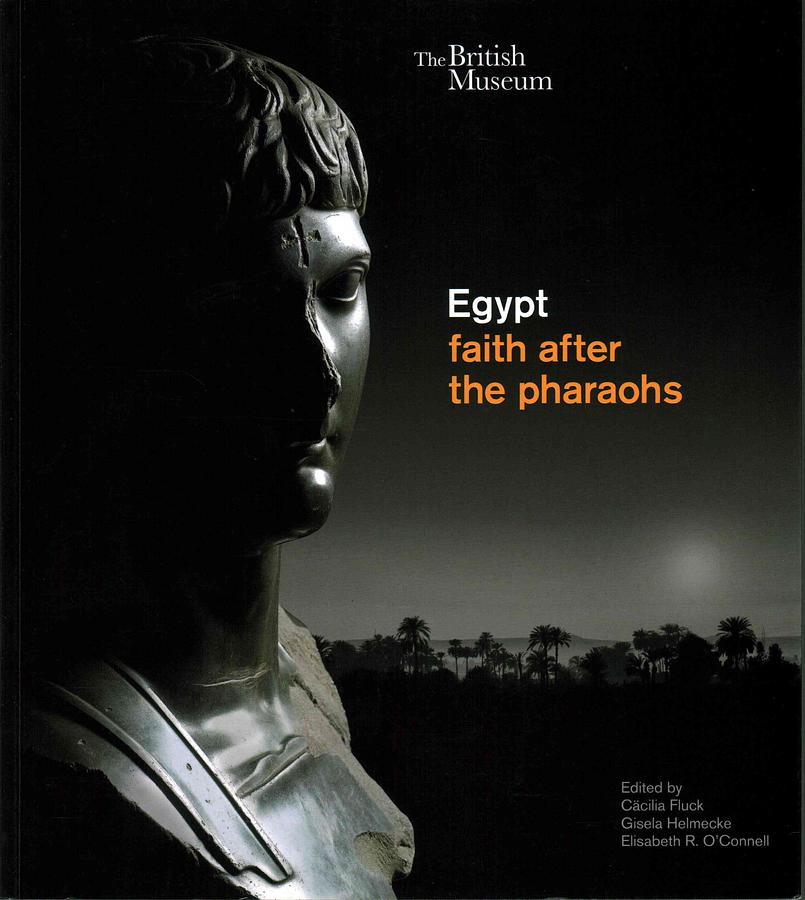內容簡介
內容簡介 A fascinating insight into the religious life and day-to-day co-existence of Jews, Christians and Muslims in Egypt from Antiquity o the Middle Ages. The first millennium in Egypt saw a transition from an ancient pantheon of pagan gods to the one God of the three Abrahamic faiths. Jewish, Christian and Muslim communities were established in succession and peacefully co-existed for long periods of time periodically interrupted by conflict and violence, each faith responding to pre-existing traditions by either rejecting earlier artistic ideas or by adapting and assimilating them. Due to its arid climate, Egypt preserves a unique range and abundance of evidence providing insights into the emergence and establishment of new religions, their relationship to each other and the pagan past. Over 300 objects have been specially selected for this publication, drawing on the significant collections of the Staatliche Museen zu Berlin and the British Museum and reflecting the rich cultural diversity of the Nile Valley from the first to the twelfth century AD. Through beautiful works of art, including jewellery, painted panels, textiles, sculpture, calligraphy, manuscripts, glass and ceramics, we gain a better understanding of the lives of ordinary and extraordinary people in this important period in Egyptian history. The book also reveals the different types of sacred buildings - synagogue, church, and mosque - and explains their architectural history and dissemination in Egypt.
